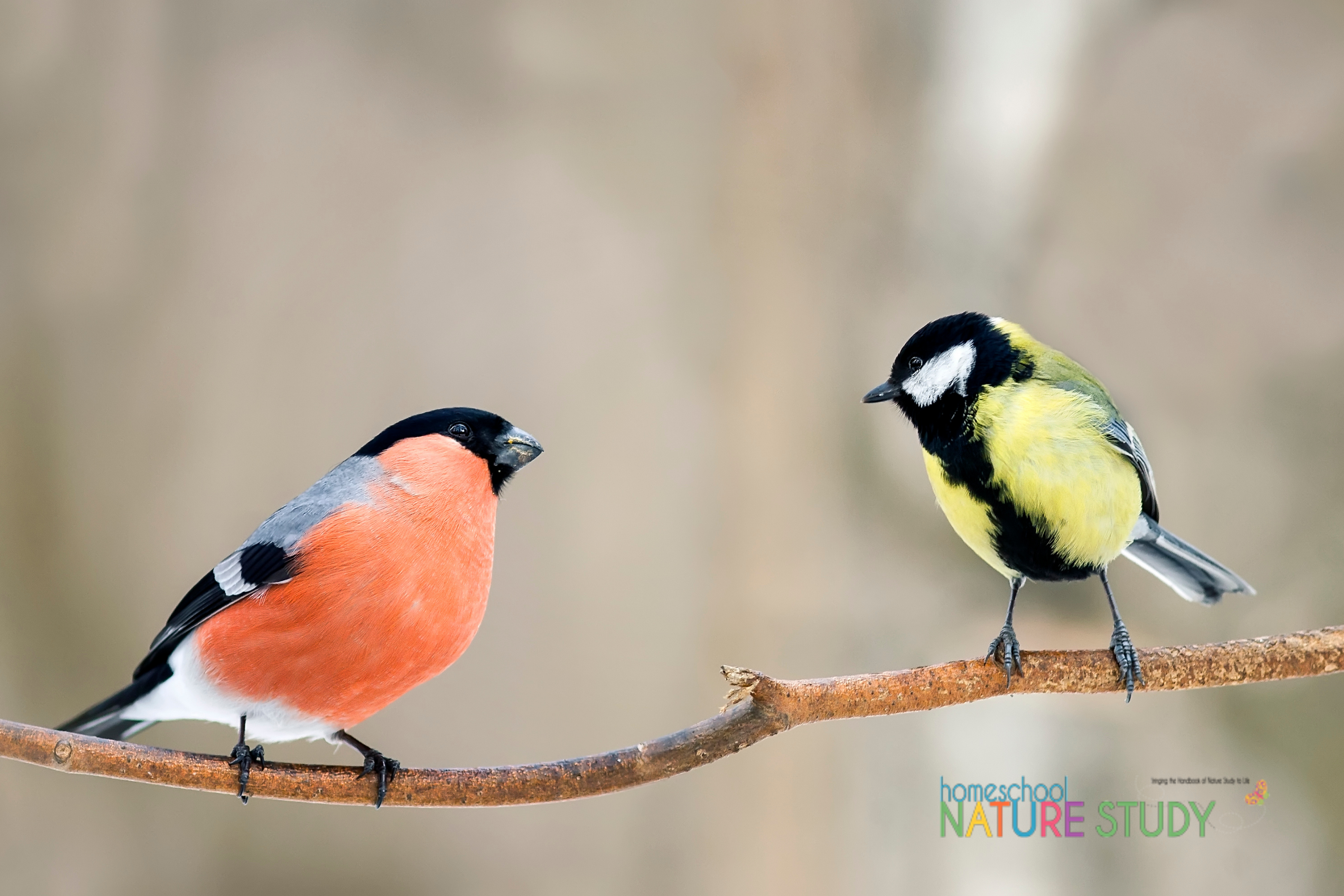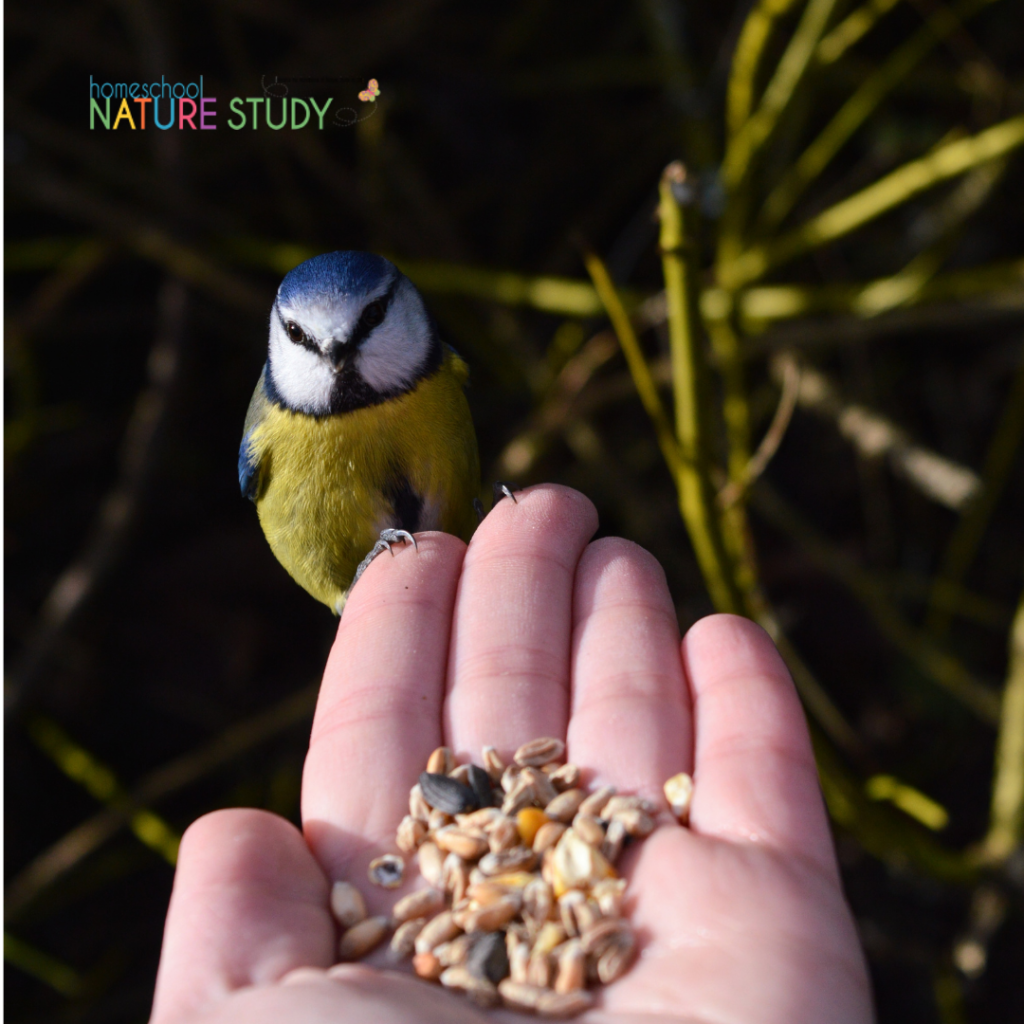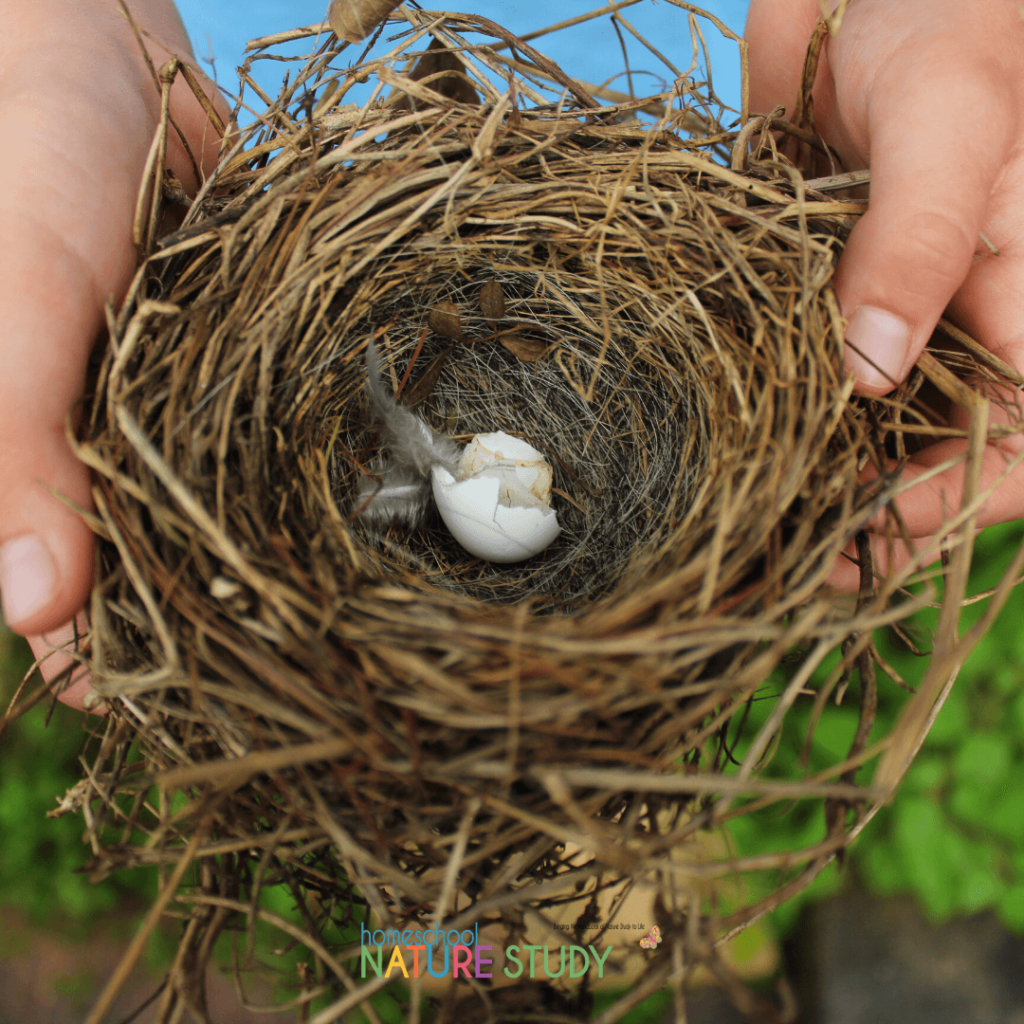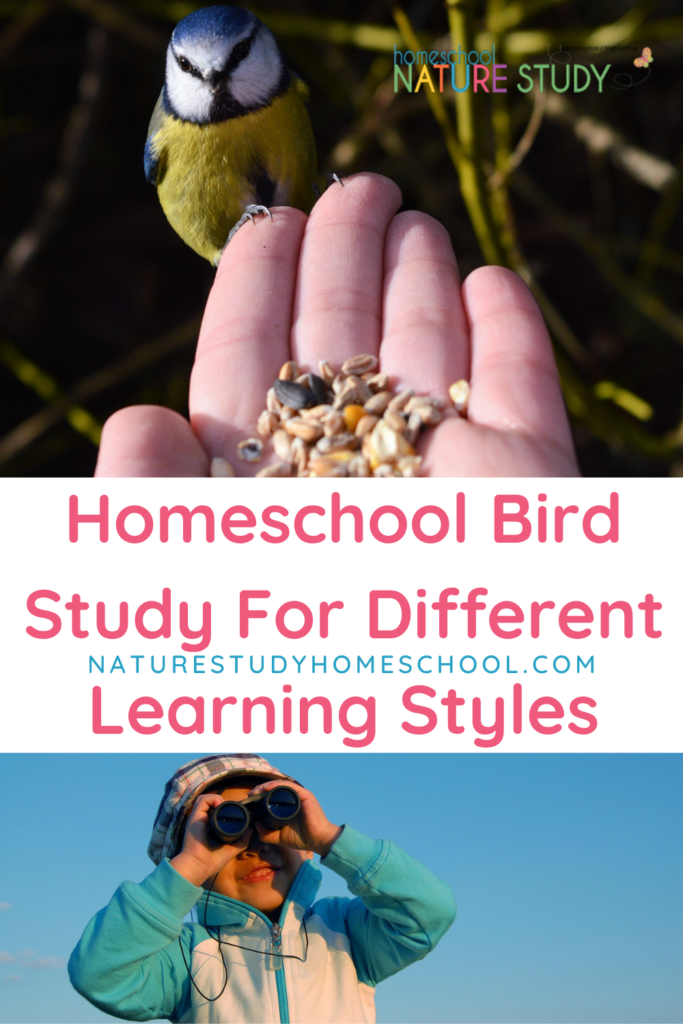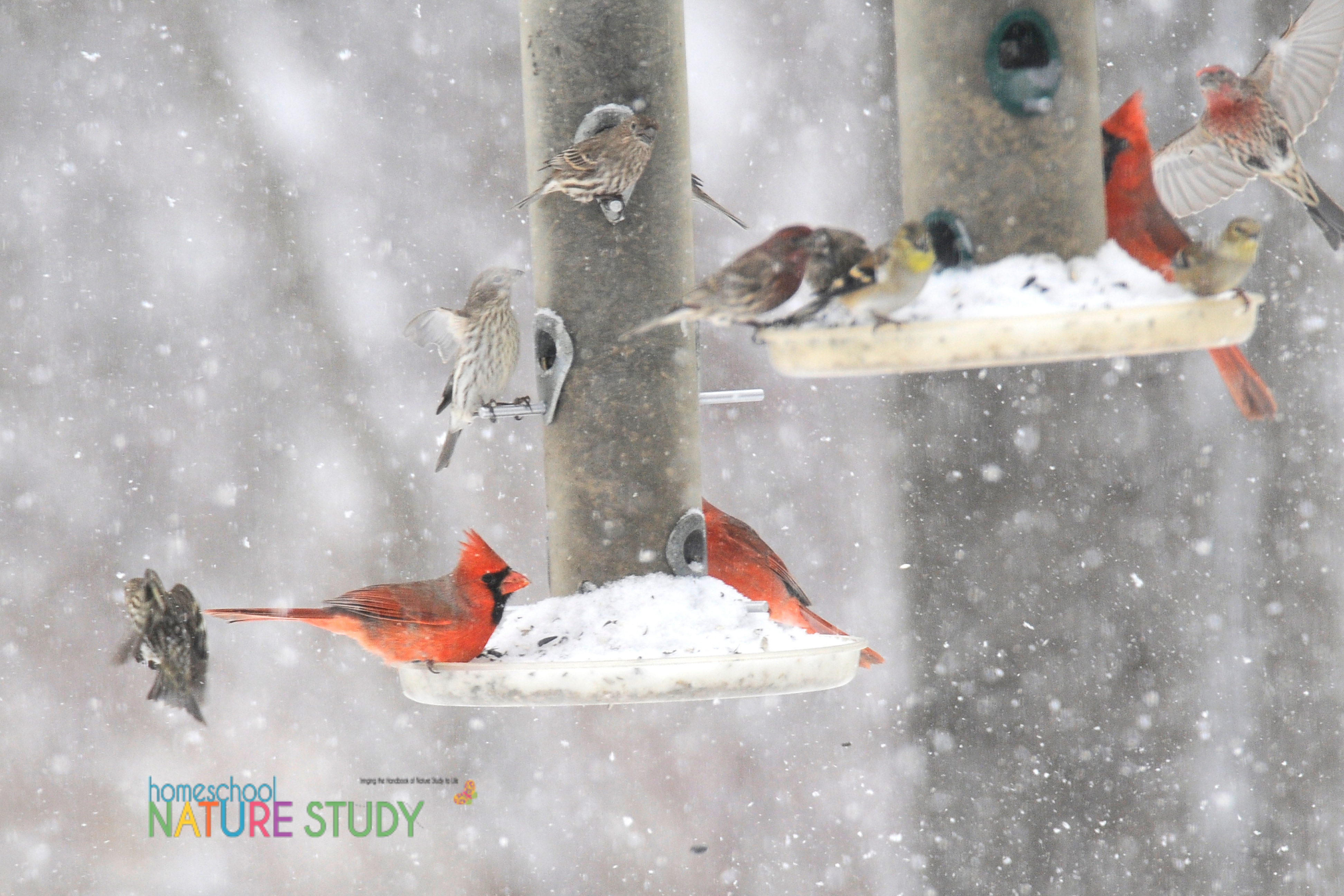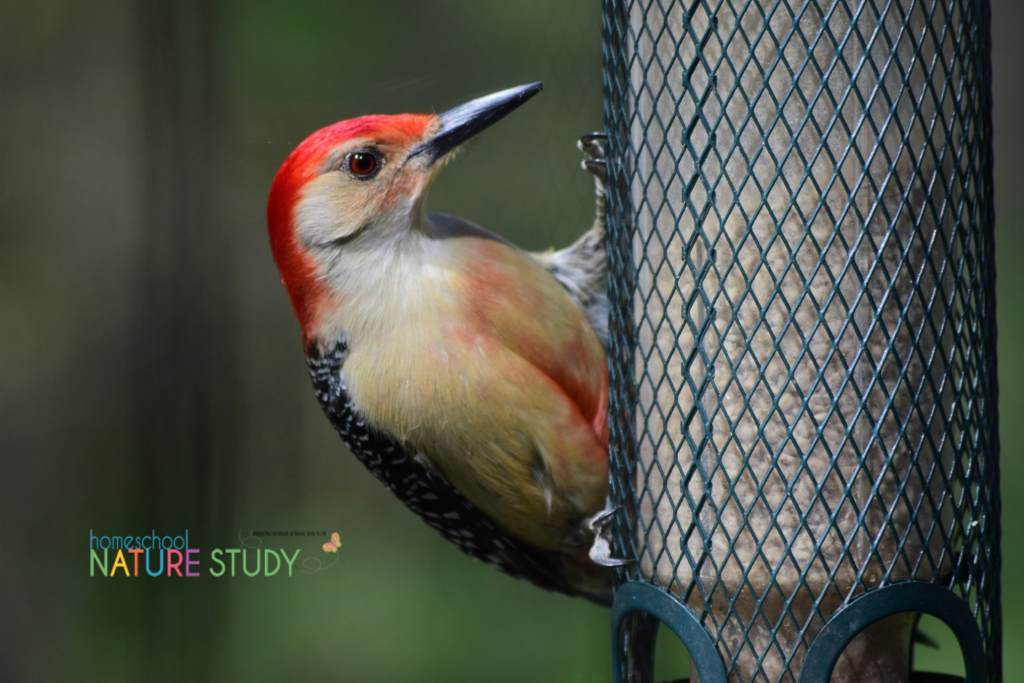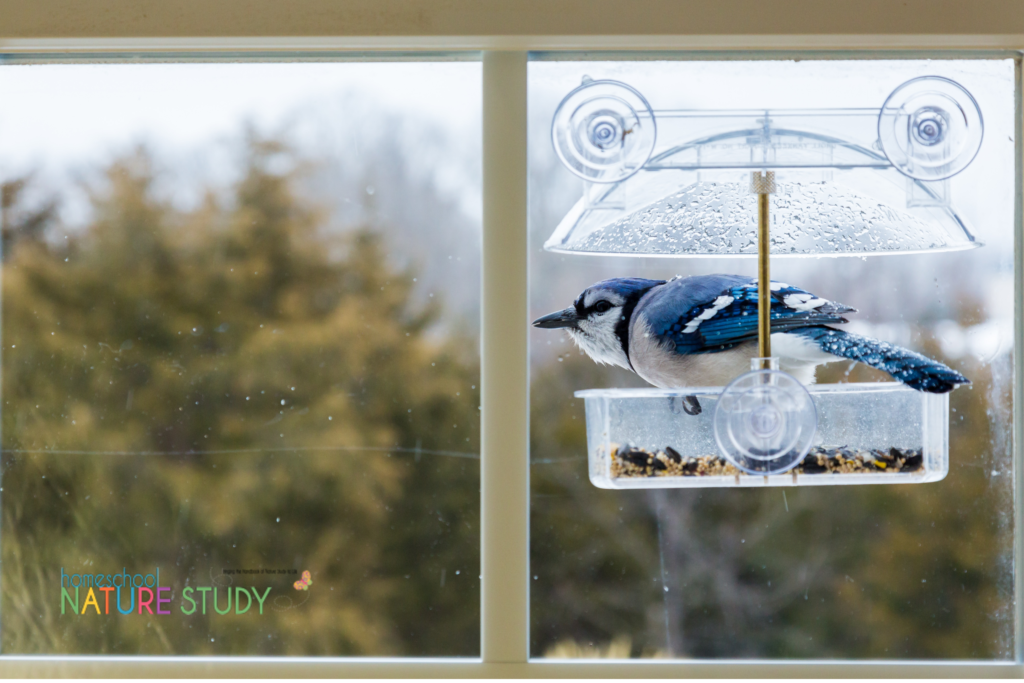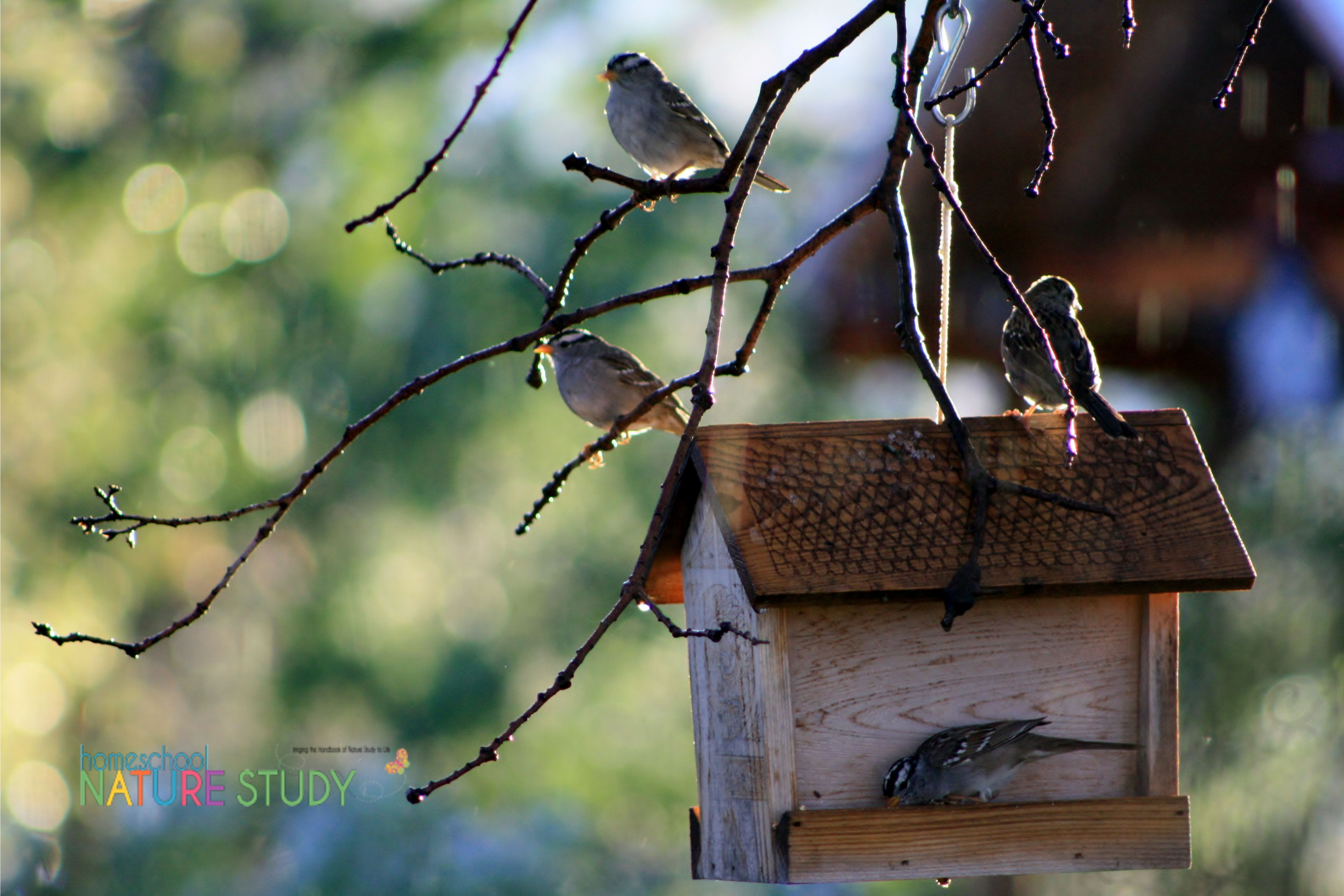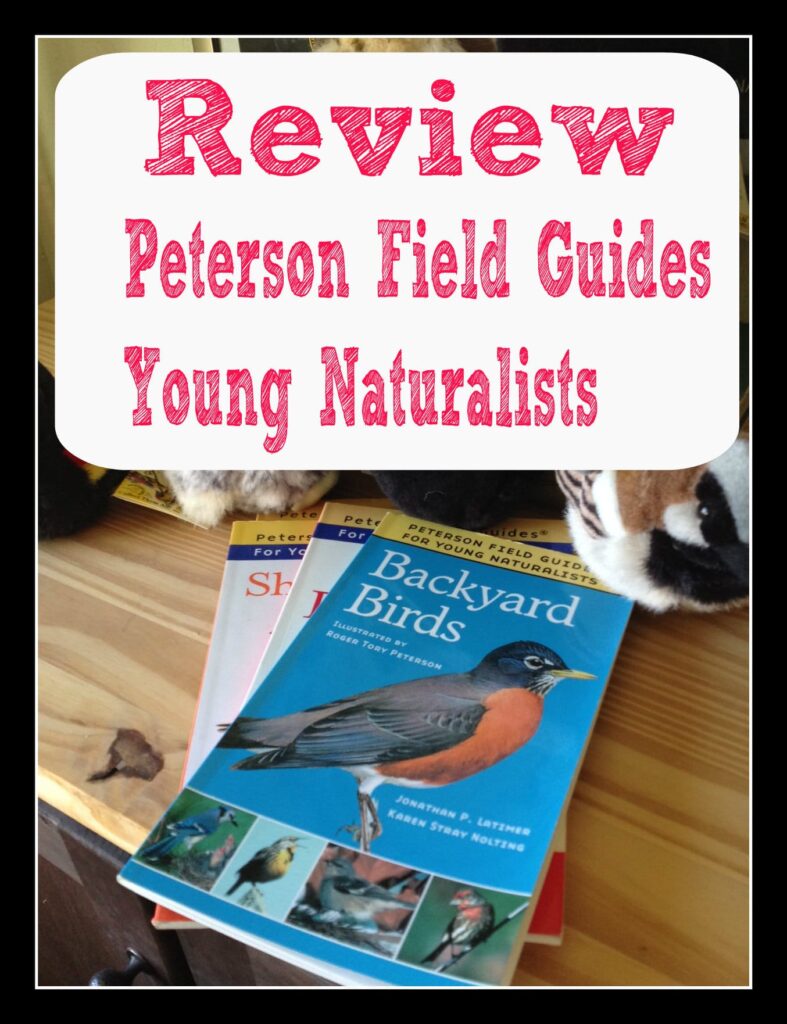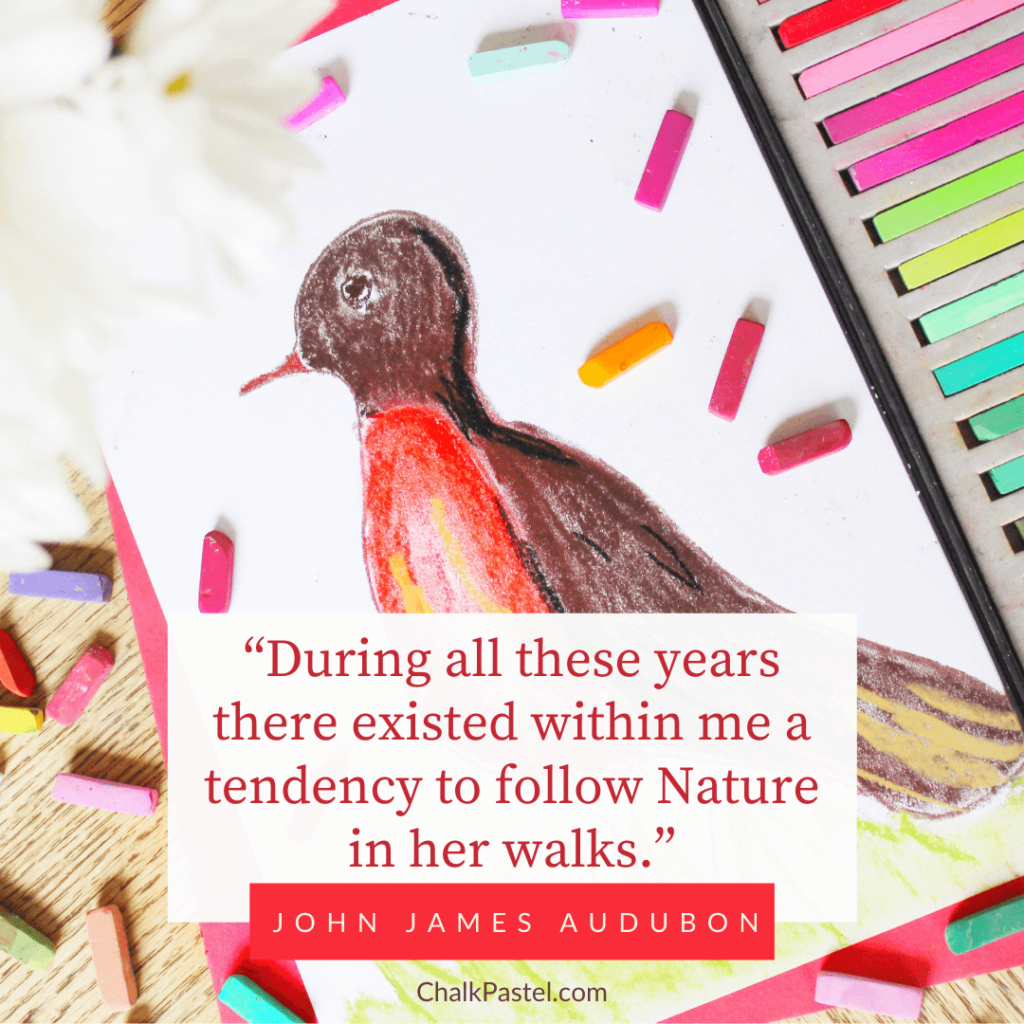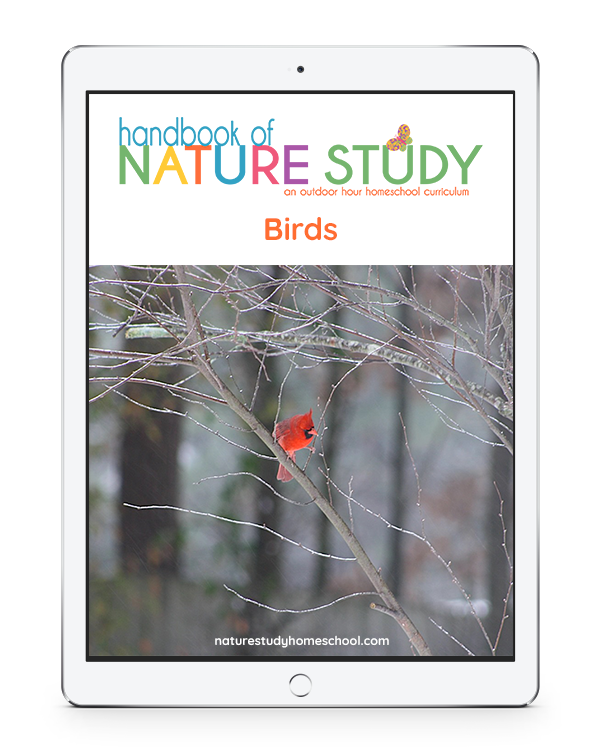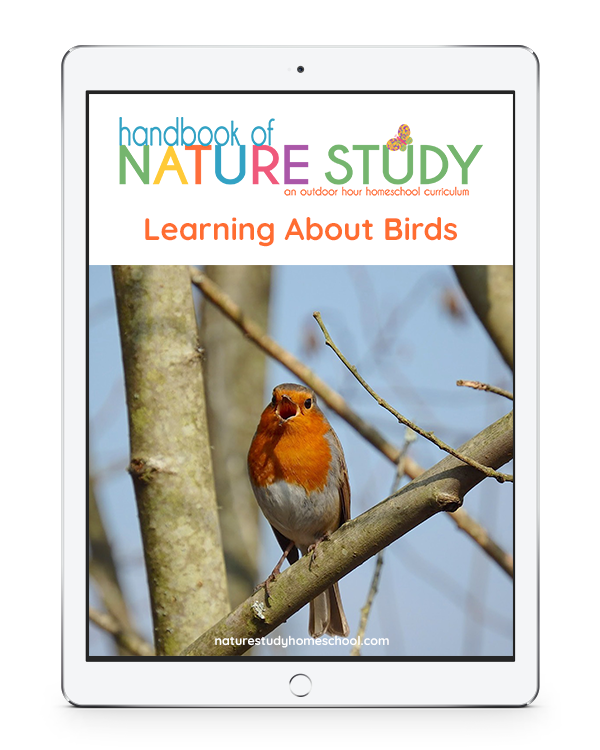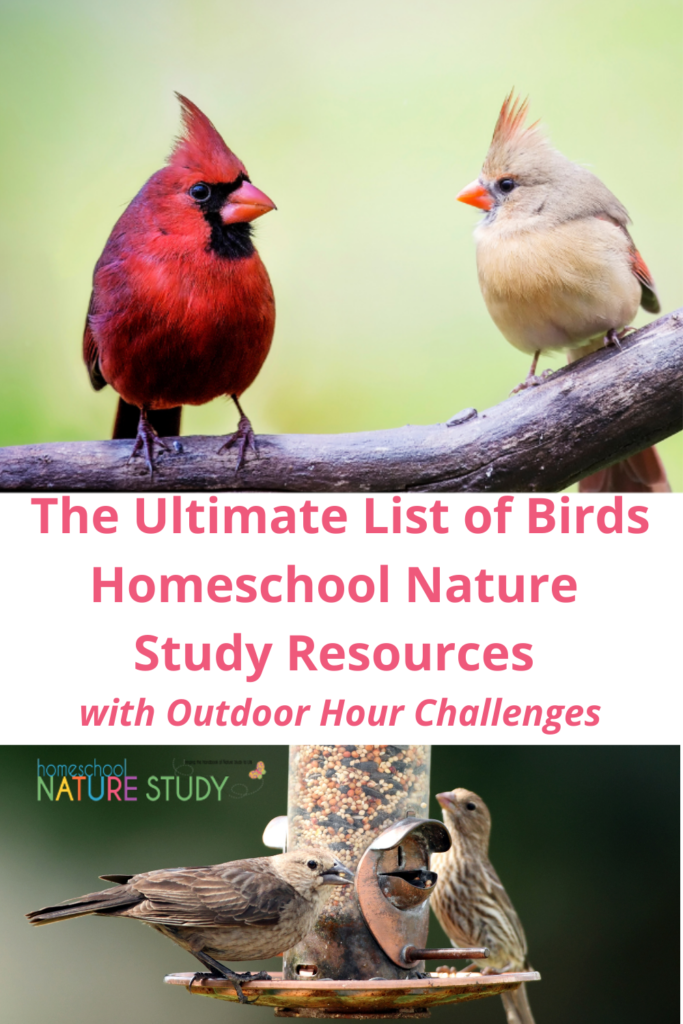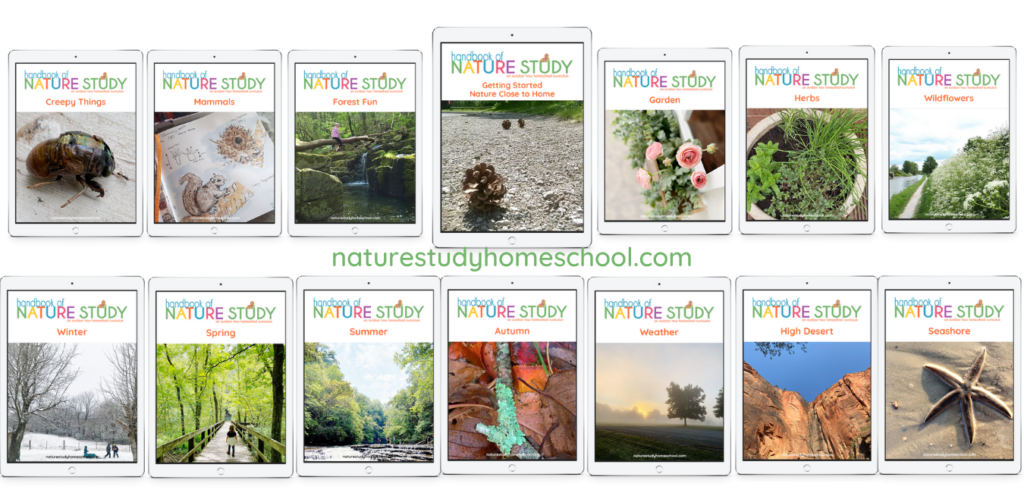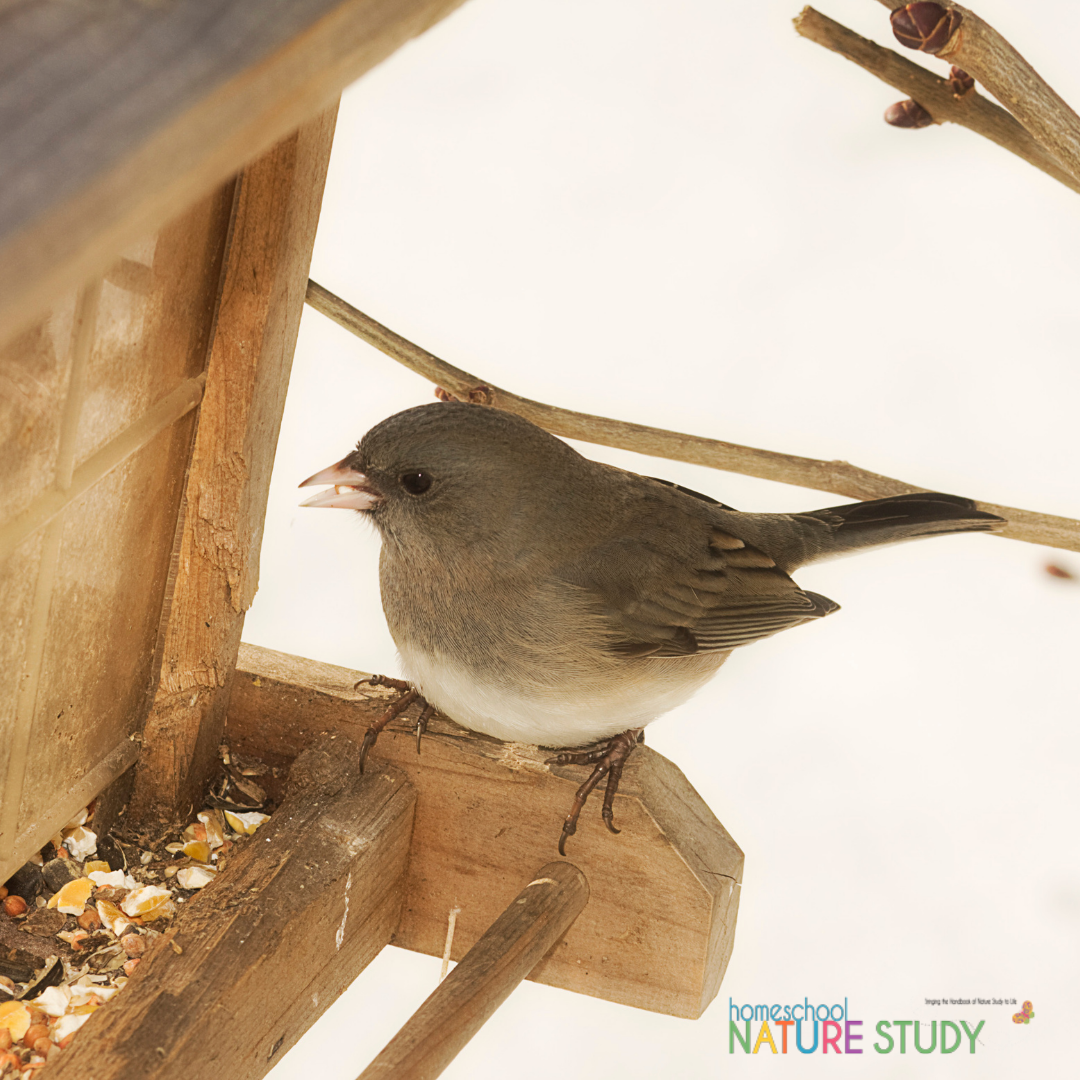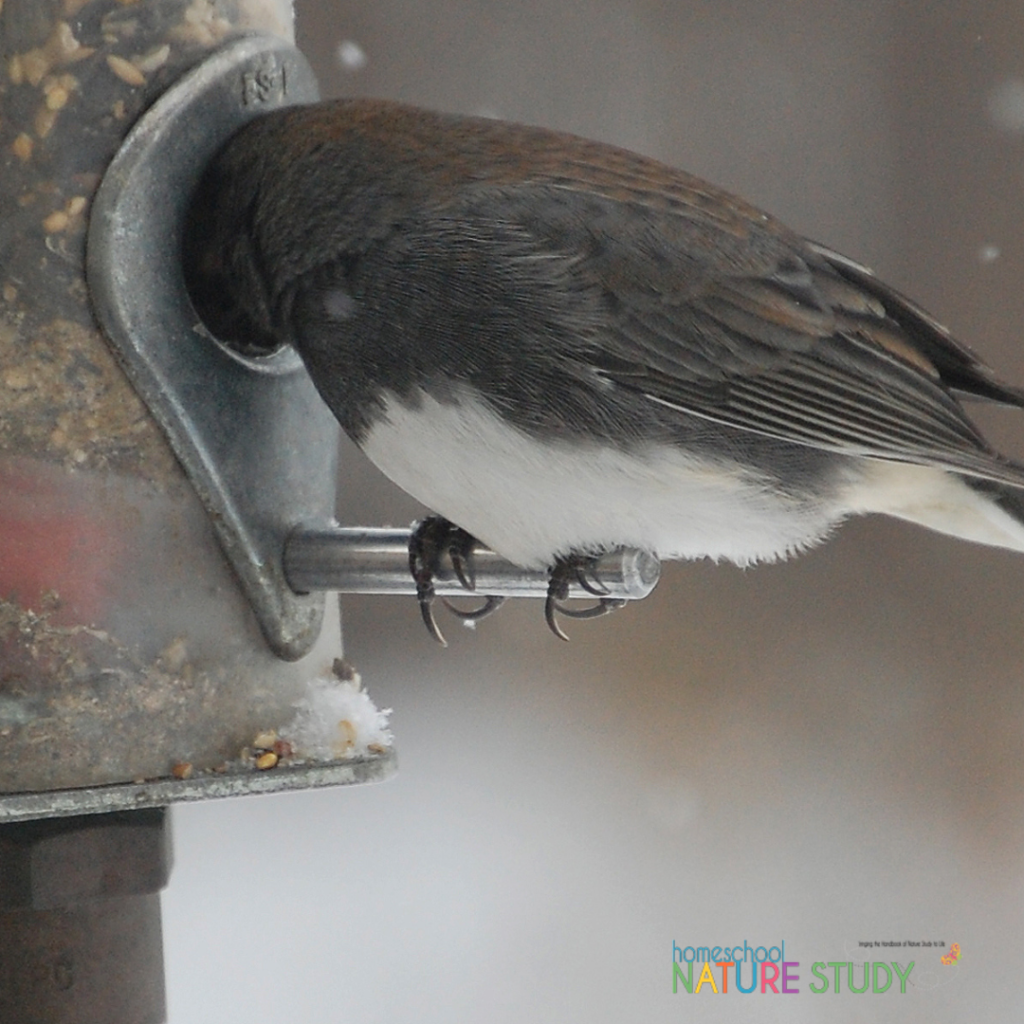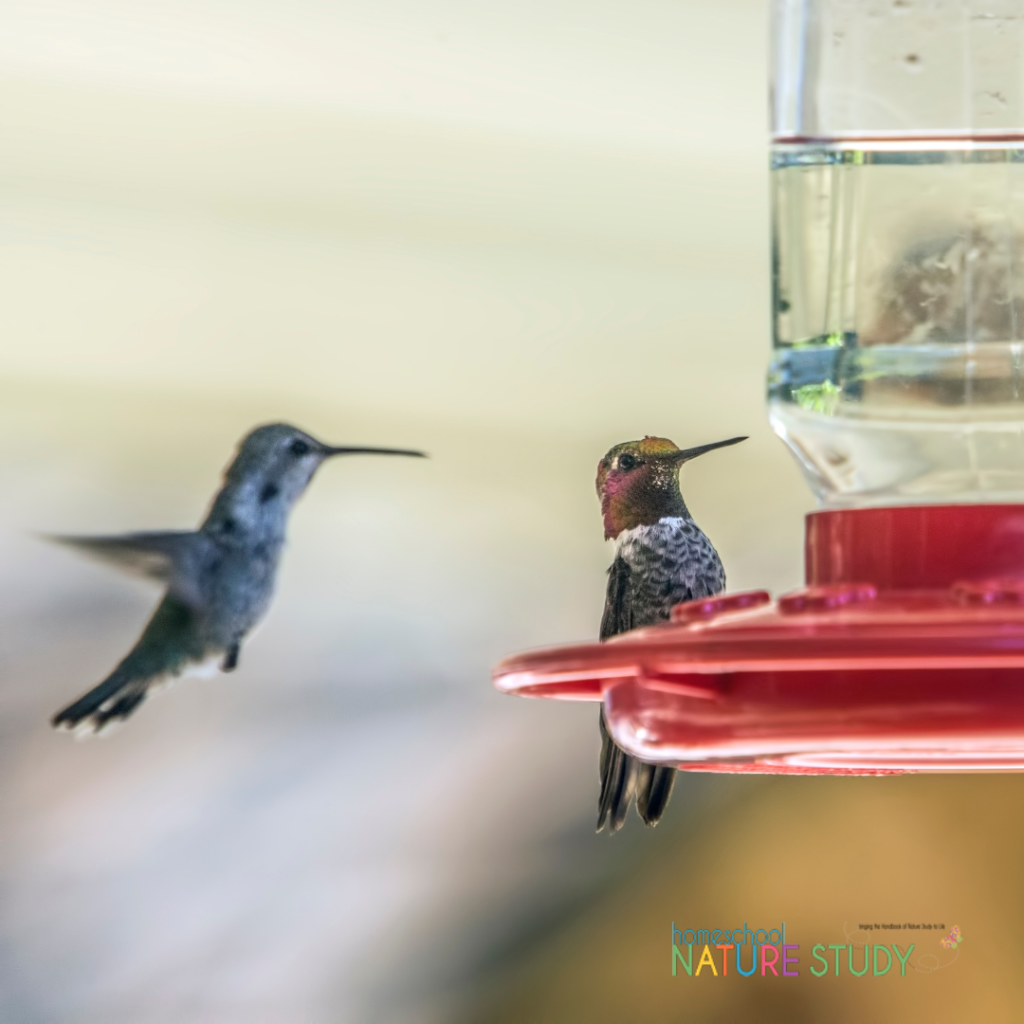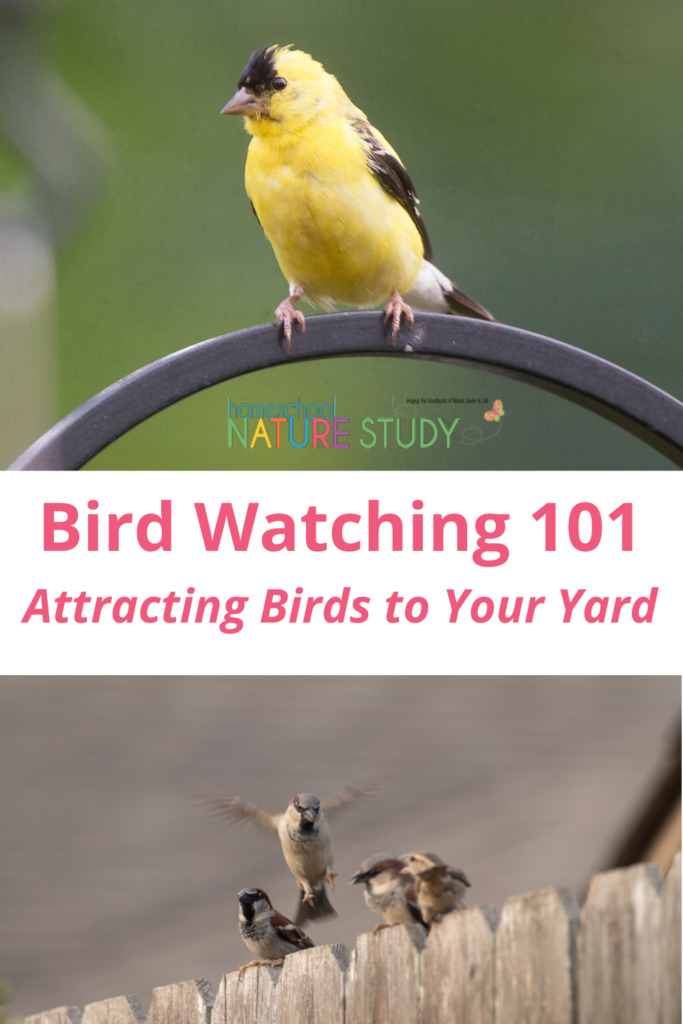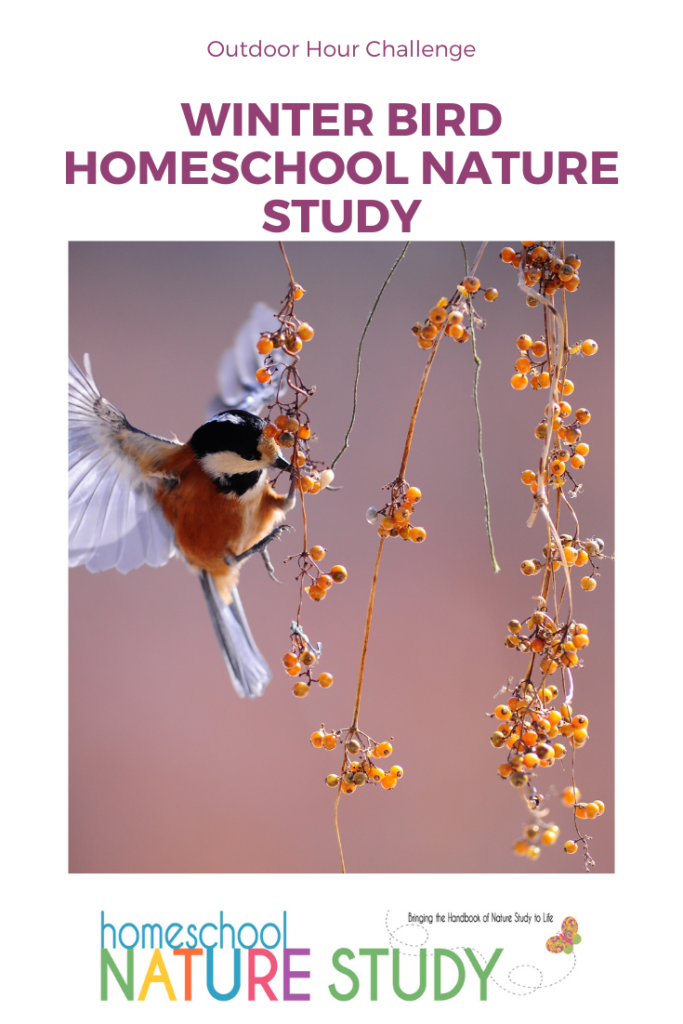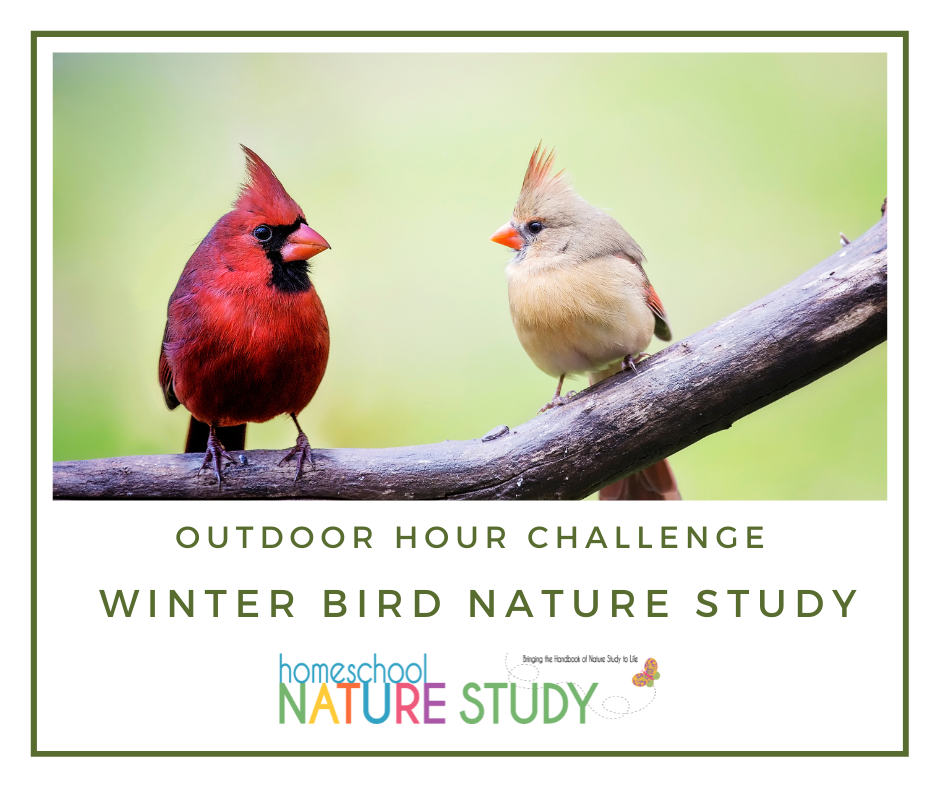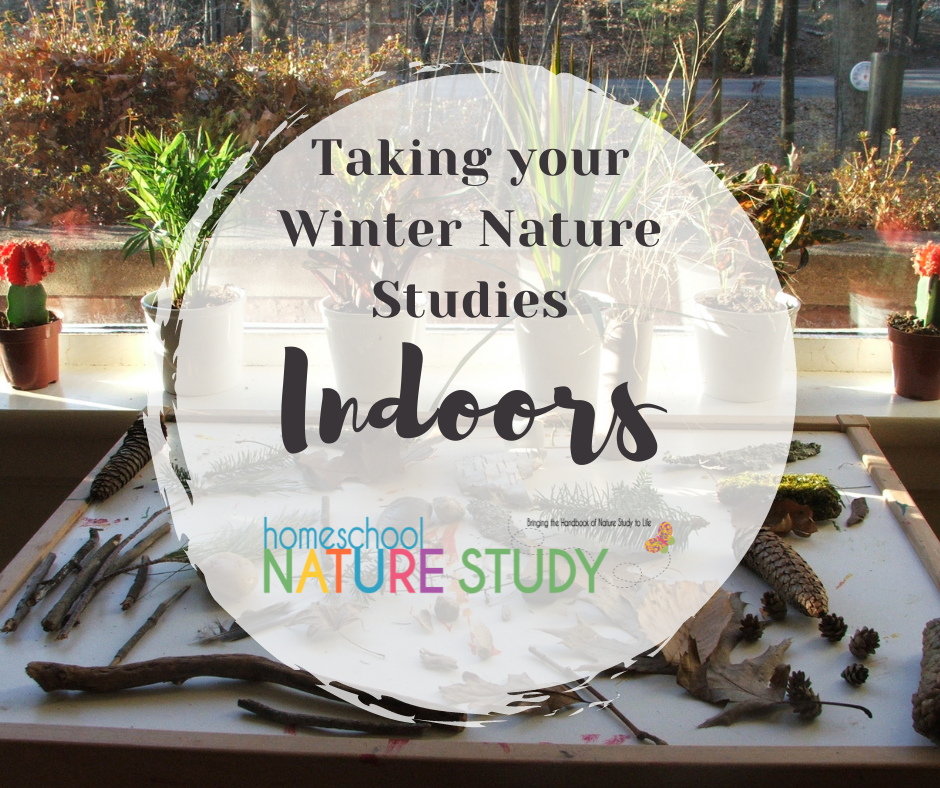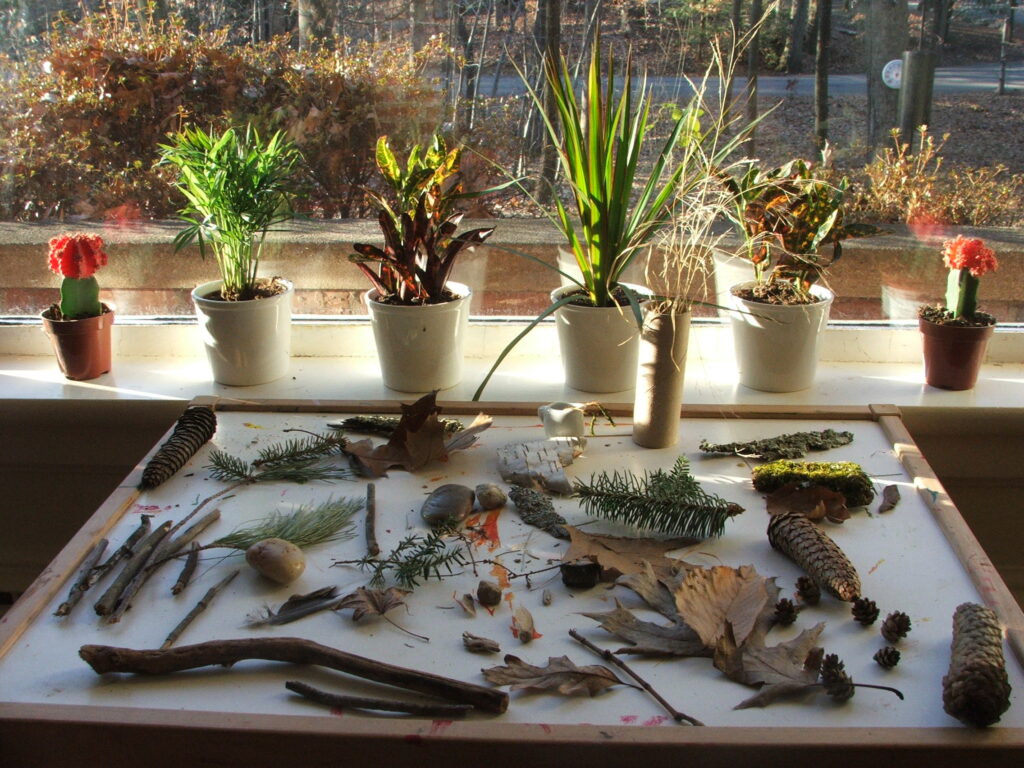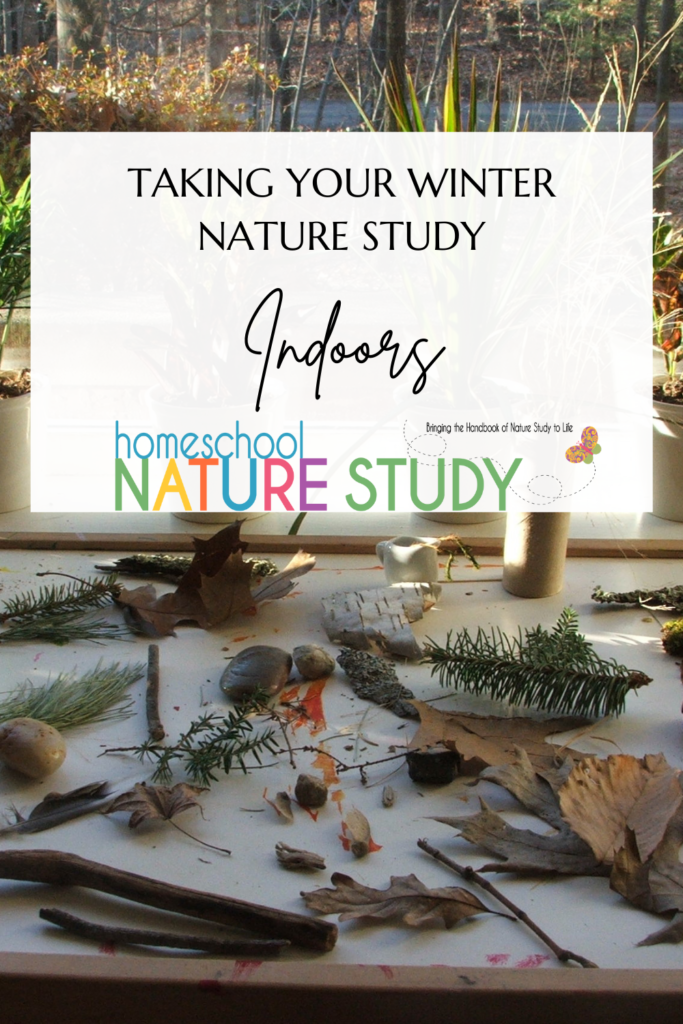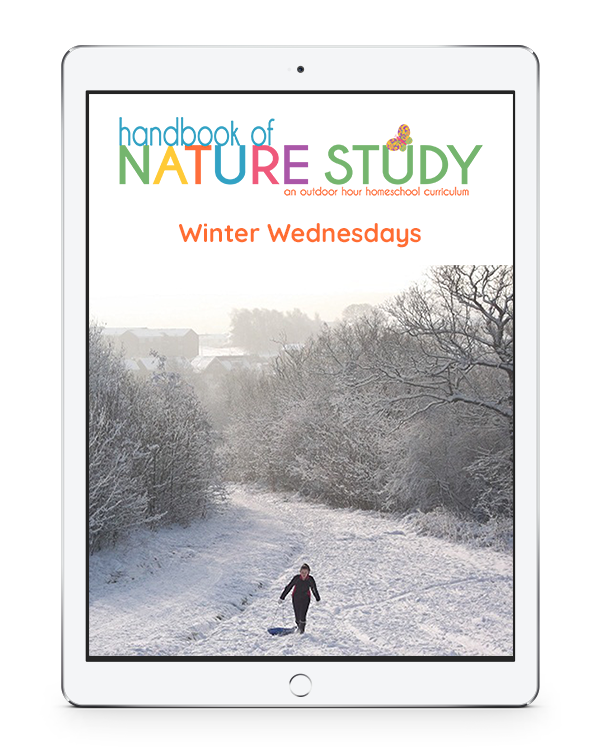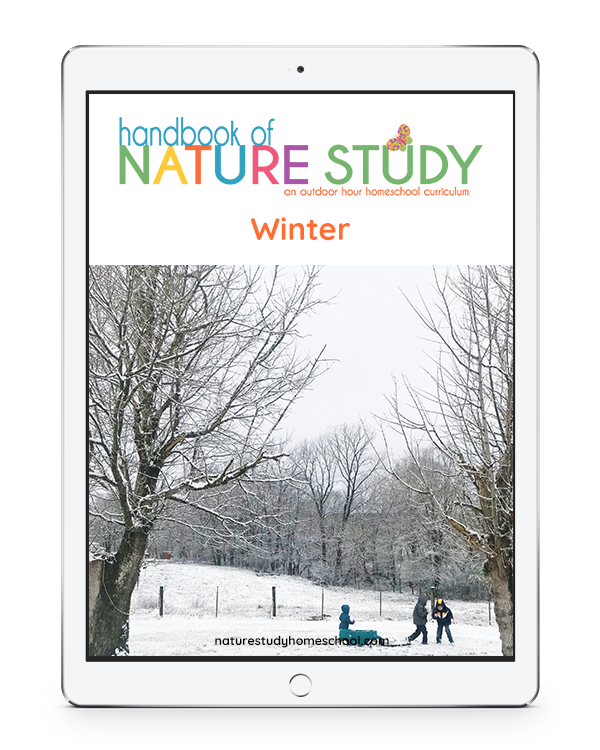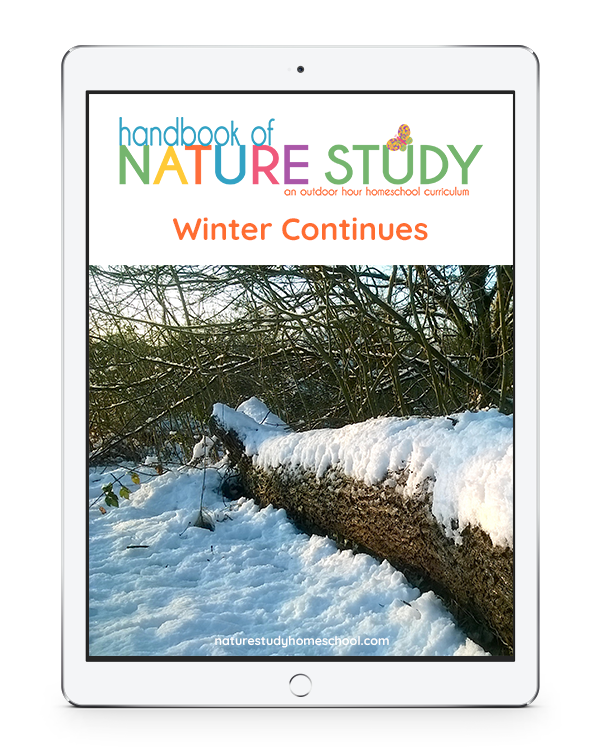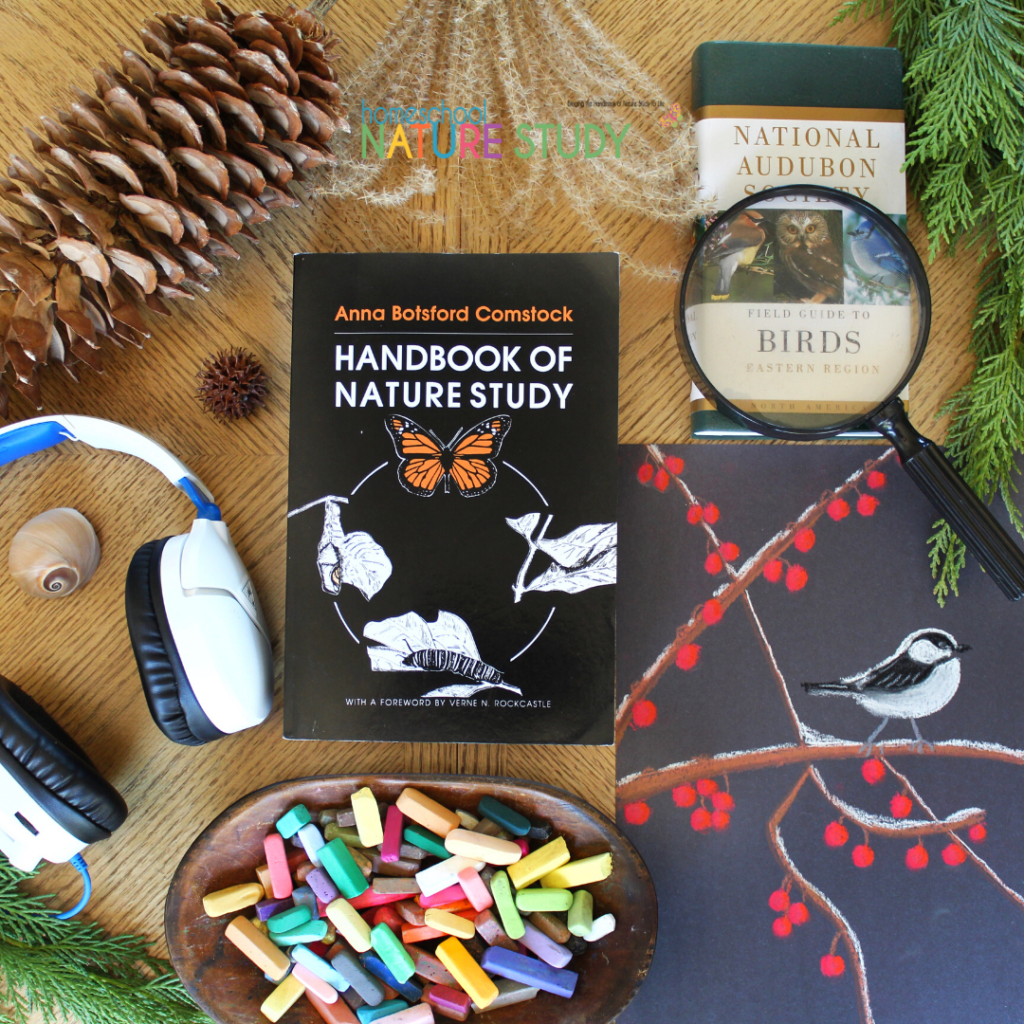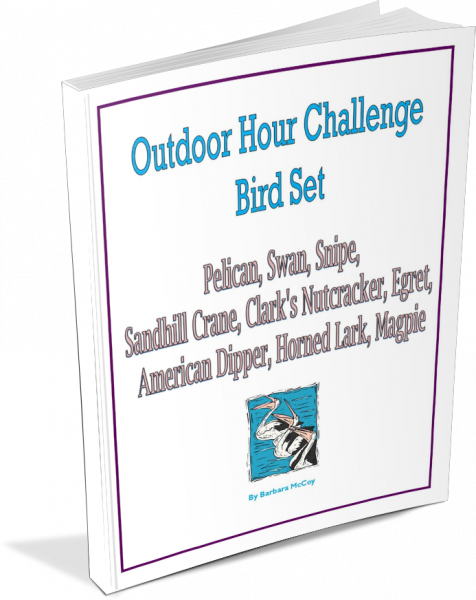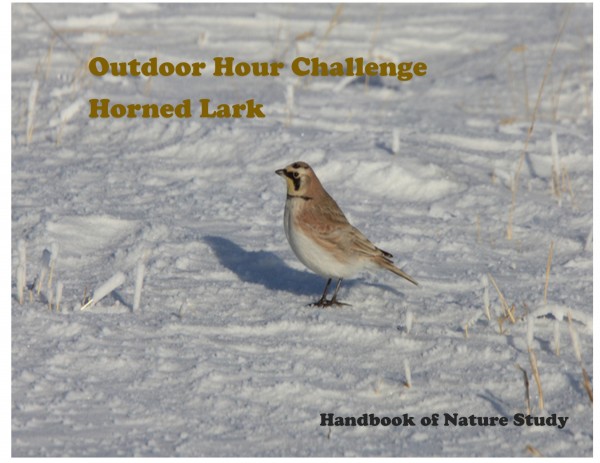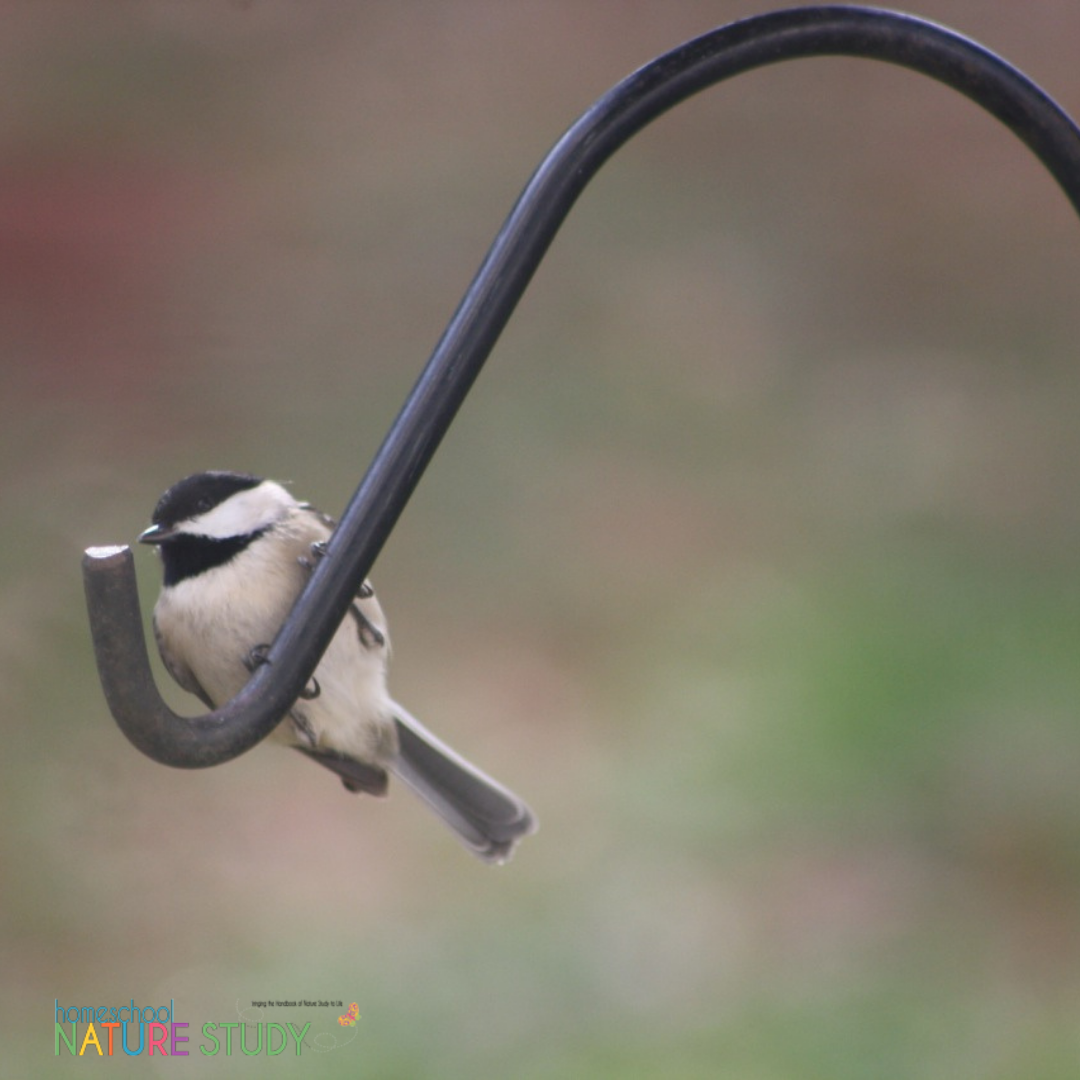
This homeschool nature study will have you looking at winter birds and in particular the sweet little chickadee.
I consider this particular challenge as a personal lesson/revelation that nature knows no borders. You see when we first started using the Outdoor Hour Challenge and this little bird popped up as the focus of our weekly studies I was disappointed. I live in the UK and we have different birds to those of you in the States. I didn’t think that we would be able to follow along and it was so early on in our nature study days that I did not have the confidence to just find something else on our walk.
As I was gazing out of the dining room window at our bird feeder pondering on my dilemma, who should come along but a coal tit!
They are no stranger to our feeders along with their cousins the great tit, blue tit and those sweet mouse-like birds, the long-tailed tit.
The coal tit looks remarkably similar to the chickadee. After a bit of investigating I discovered that the American Chickadee and the British tits are all in the same genus. Yes, we may live across the pond and have wildlife that is unique to each country but there are similarities and connections.
From that challenge on if it was focussed on an animal or plant unique to the States, I would simply see if we had something similar and go with that. So please be encouraged to do the same whatever country you live in.
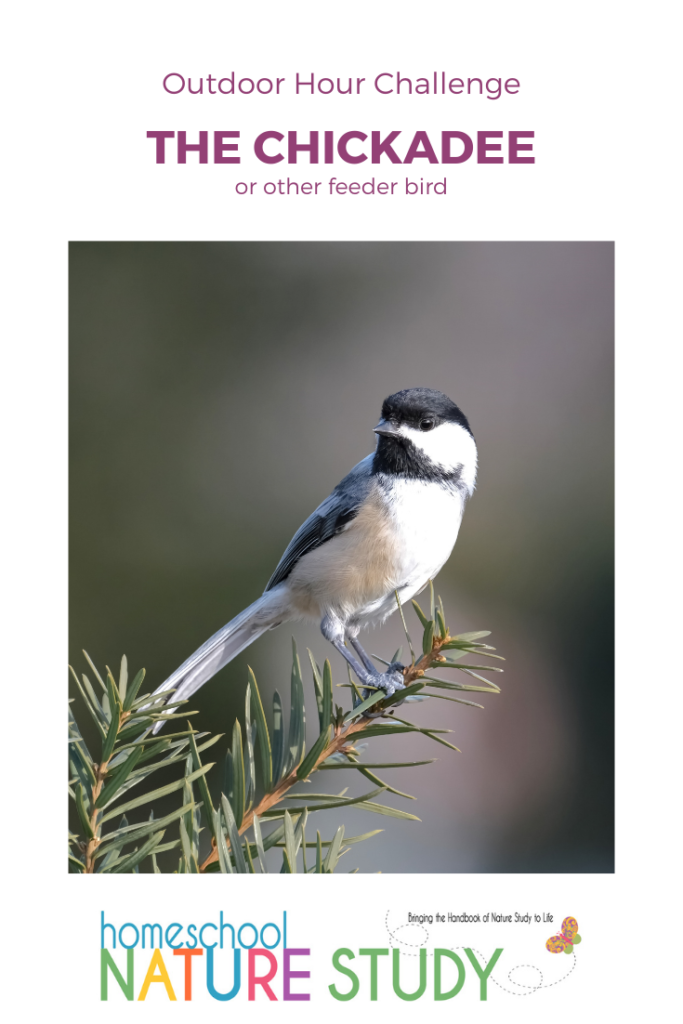
Nature Study Lesson Plans for Chickadee Nature Study
Here are some inside preparation ideas for your chickadee nature study:
- Read in the Handbook of Nature Study pages 68-69 (Lesson 14).
- Highlight a few of the questions in the lesson to use during your outdoor time.
- Check your bird field guide, using the index to look for chickadees in your area. Share the images with your children.
- Younger Children: Read Burgess Bird Book Ch. 37 online or listen to an MP3 recording to hear the chickadee story.
- YouTube: Chickadee Documentary and What Do Chickadees Eat?
Outdoor Hour Time:
- Use some of your outdoor time this week to look for backyard birds. Chickadees should be present during the winter season and are often found at backyard feeders. Remember the questions from the Handbook of Nature Study lesson and gently guide your children to observe the chickadee to find the answers. Chickadees are often seen with nuthatches and downy woodpeckers and are attracted to feeders that offer suet and black oil sunflower seeds.
- In areas that do not have chickadees, observe another feeder bird and their habits. Do they sit on the feeder or under the feeder? Which kinds of food do they like? What do they sound like? How big are they? How many of them are at the feeder?
Chickadee Nature Study Homeschool Follow-Up Activity:
- Follow-up your outdoor time by pulling out your bird field guide to identify and/or confirm any bird observations. If you saw a chickadee, have your child describe the bird with as much detail as possible. If they have trouble remembering, bring up an image on the computer to help them along.
- If desired, allow time for a nature journal entry. Ebook users: Complete a Chickadee notebook page (regular or advanced) or a Winter Feeder Bird notebook page entry to capture the memory of your time outdoors. There is an optional coloring page included in the ebook.
- Advanced follow-up: Read Distinguishing Chickadees. Read about Tricky Chickadees (Black-capped and Carolina). Compare two chickadees (notebook page included in the ebook).
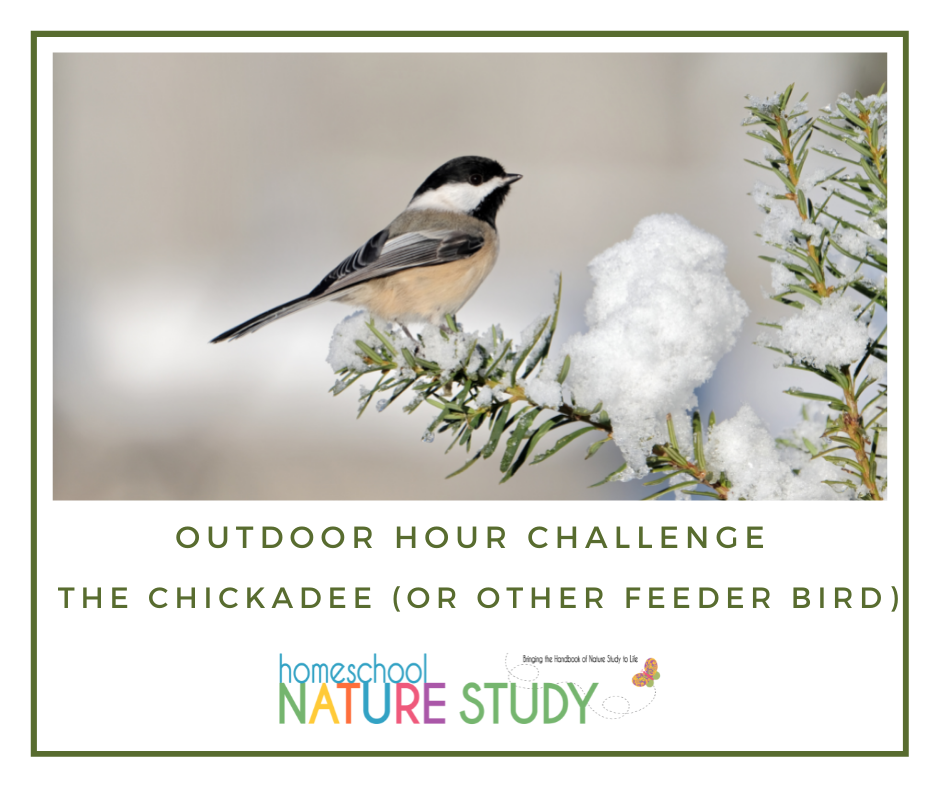
Join the Homeschool Nature Study Membership for Nature Study Curriculum and Year Round Support
There are so many benefits to joining. You will access our full range of curriculum, our interactive learning calendar as well as a brand new homeschool nature study challenge post each week!
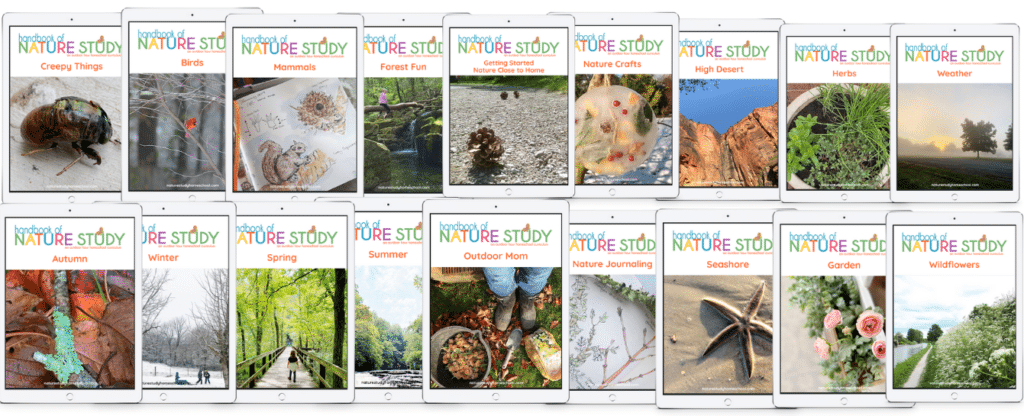
Connect With Our Homeschool Community On Social Media
Did you enjoy this Outdoor Hour Challenge? Be sure to tag us on Instagram @outdoorhourchallenge and use the hashtag #outdoorhourchallenge so we can see and comment!

